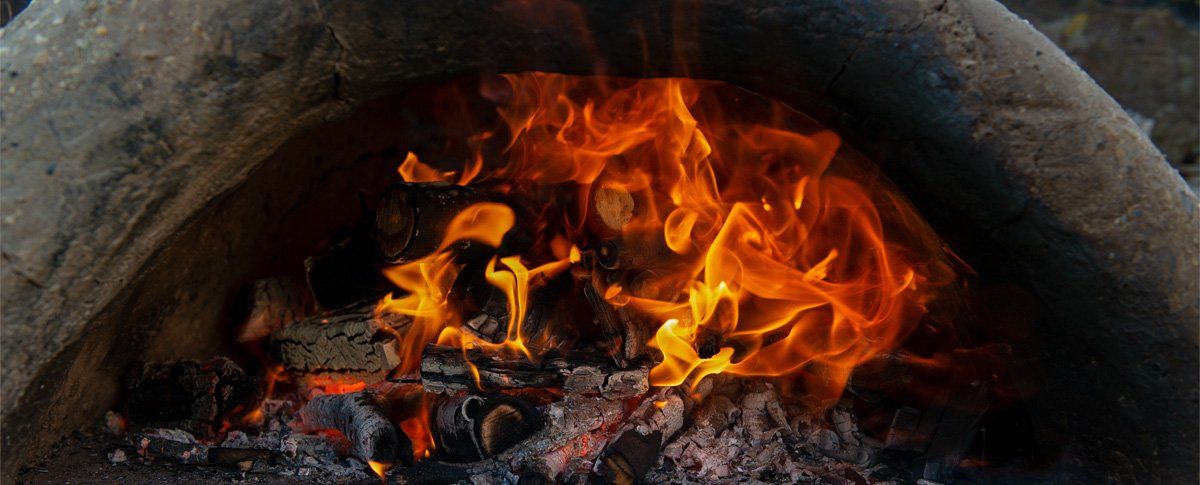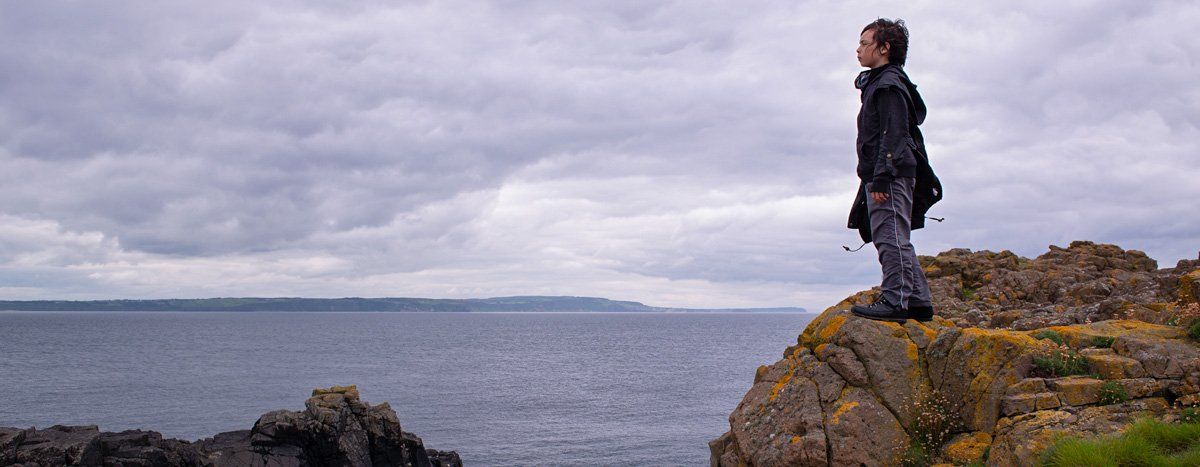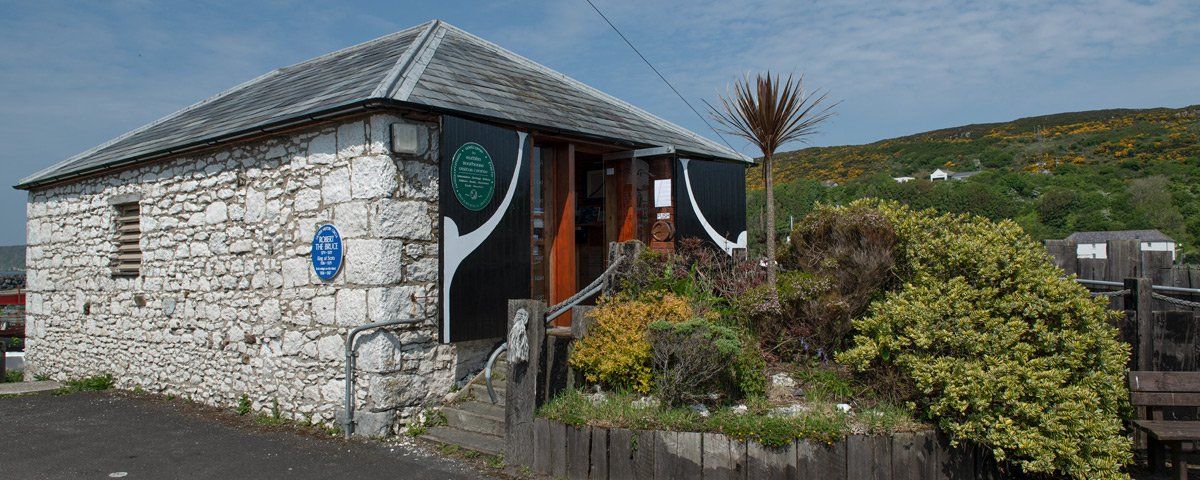This piece was researched compiled by Melanie Campbell.
Robert the Bruce, or Robert de Brus was born on 11 July, 1274. He was the first born son of one of the richest and most powerful of the nobles in Scotland. His father had both Norman blood, as the surname suggests, and royal Scots blood in his veins, and his mother was from one of the oldest noble Celtic families in Scotland. He was educated, learning Latin, English, Scots and Gaelic, and trained in warfare, later to become unsurpassed in Europe in his use of the battle axe. He was raised with the knowledge that he would have a claim to the Scots throne if anything ever happened to the Balliol line, the Balliols having taken the throne when the daughter of the last king, Alexander III, died.










